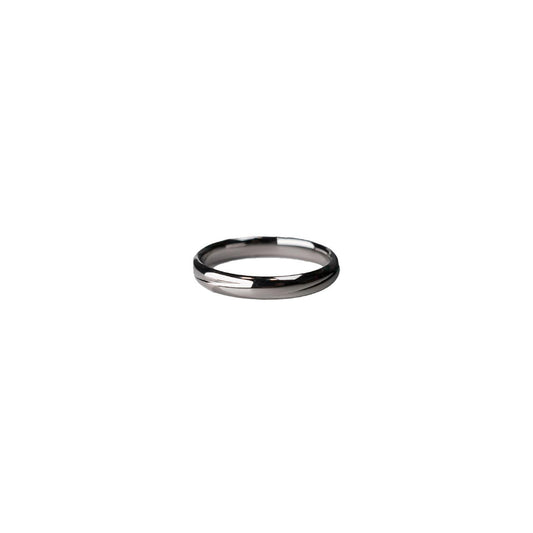Antique Doxa Watches Ticking Through Time
Antique Doxa Watches Ticking Through Time
The hunt for the perfect antique watch often feels like an archaeological quest. To stumble upon a vintage Doxa watch isn't just about finding a timepiece; it's like shaking hands with history. Doxa, a name that has quietly but consistently reverberated through the corridors of horology, has captured the attention of watch enthusiasts and collectors alike for decades.
Doxa's story started in the late 19th century in the heart of Switzerland, a country synonymous with precision timekeeping. George Ducommun founded the brand with a vision of blending artistry and functionality. His philosophy was simple yet profound: watches should be reliable enough for the everyday but exceptional enough to elevate one's experience of time. This vision is often echoed in the craftsmanship of their pieces, where design meets durability.
I remember my first encounter with an antique Doxa watch at a quaint little timepiece fair in the English countryside. The venue was modest, tucked away amidst rolling green hills. Among the bustling crowd of enthusiasts and curious onlookers, a stall caught my eye. There it was, a Doxa Sub—a diving watch in mint condition, its orange dial standing vibrant as ever. Holding it felt different; it was as though the watch had stories to tell, tales of underwater adventures and time spent measuring the depths of the ocean.
Doxa watches are not just about aesthetics; they're a testament to innovation. In the 1960s, Doxa made a name for itself by introducing the first dive watch with a unidirectional bezel and an orange dial—the latter choice serving not just to make a fashion statement but to enhance legibility underwater. This novel approach revolutionized the diving watch market and remains a cornerstone of the brand's identity today. Wearing one is like donning a piece of ingenuity that influenced how we perceive utility in design.
Interestingly, Doxa's appeal seems to span generations, from those who admire their retro flair to the tech-savvy millennials looking for something with more soul than a digital display. The timelessness of their design makes Doxa watches versatile, fitting in with modern attire while holding a vintage charm. It's that perfect blend of past and present, a bridge that connects different eras onto your wrist.
The cultural significance of Doxa is also fascinating. While not as loudly celebrated as some of its Swiss counterparts, in niche circles, there’s a distinct appreciation for the brand’s commitment to quality and its adventurous spirit. It speaks to those who value authenticity over ostentation, who see watches as a form of personal narration rather than mere accessories.
In a world where everything seems to be moving at an ever-accelerating pace, there's a comforting irony in antique watches. They remind us to slow down, to appreciate the mechanics of time and the stories contained within those tiny ticking hands. When I reflect on that day in the countryside, I realize it wasn't just about acquiring a watch; it was about connecting with a legacy, a slice of horological history that has withstood both the pressures of water and the weight of time.
So, whether you’re drawn to Doxa for its historical significance, its innovative spirit, or simply its enduring style, owning one is more than just a fashion statement. It’s a nod to a rich tapestry of timekeeping history—a piece that’s as much about the future as it is the past.


























